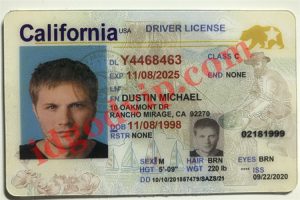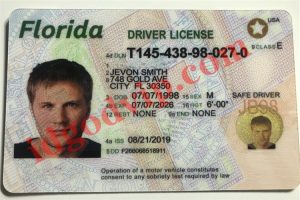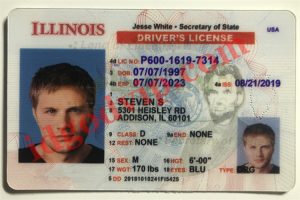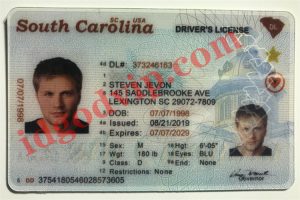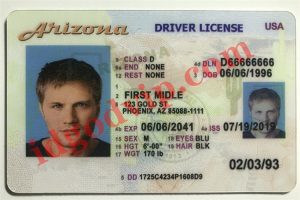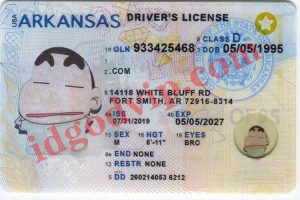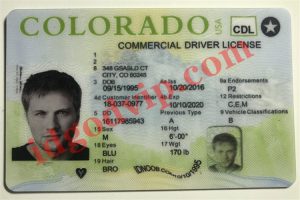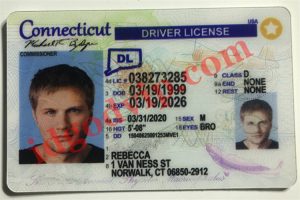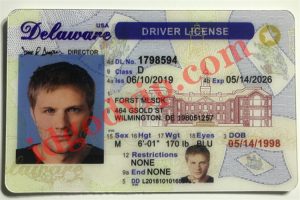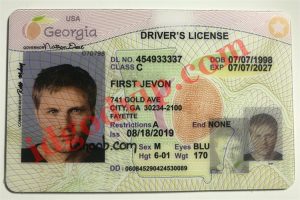How does the bodyguard know that your ID is fake?
On Saturday night, I handed your ID to the bodyguard…he immediately shook his head and returned it. How did he know it was fake? Didn’t your NYU friend say the quality is good.
As a Barnard bartender, I find it easy to quickly tell if a fake ID is real. Counterfeiting is illegal. As you can see, remember it’s easy to find.
Remember this, our bartenders and bodyguards will know that your ID is invalid.
- Name and data are incompatible.
The real thing is usually your name and address. Dates of birth and addresses are included in the Adjust All column; this means that the first letter of each sentence is aligned with the first row. You might be surprised by the extent of soft fakes. Many (or not fakes) don’t have this fundamental adjustment. This is a quick and easy gift.
- The fonts are inconsistent.
If your name is one font and your hair color is another. Usually false. Yes, the difference between the humble Times New Roman and the weak Comic Sans MS can be devastating. Because the correct identifier corresponds to almost the same font on the map. There may be some discrepancies, since fake keys are not (apparently) generated on standard machines.
- The hologram is always on.
If you keep seeing a hologram on your ID, it’s fake Everything, including the hologram, allows the ID verifier to swipe the card back to verify its authenticity. If the ID is flat, the hologram that appears when you move the card is real, but your hologram is always nice and shiny. This is not true. But worth a try!
- Rough edges
Bartenders and boxers fold the cards and check the edges. This is because the actual code has smooth and even edges. Fake keys are printed differently than real keys. May be so rough that the edges or cracks are uneven
- Translucent magnetic strip
This quick test lets you distinguish between real and fake IDs. The bracelet can adjust the magnetic field of your ID card and is not suitable for seeing light from the other party.
